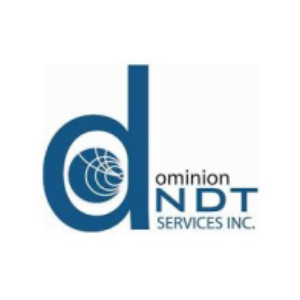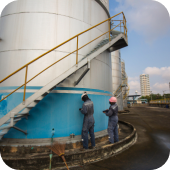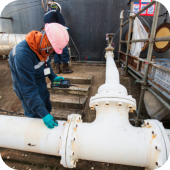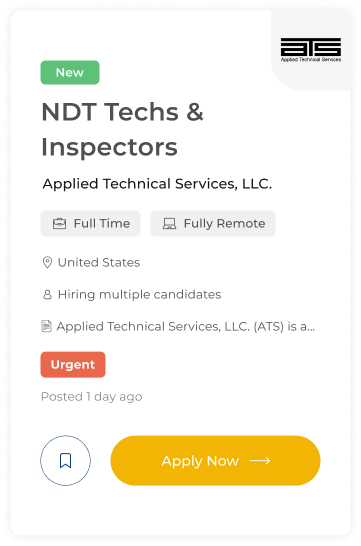

Dominion NDT Services, Inc.
Dominion NDT Services, Inc. is a SWaM owned independent Non-Destructive Testing company based out of Richmond, VA.
Overview
Dominion NDT Services, Inc., a SWaM (Small, Women-owned, and Minority-owned Business) owned and independent Non-Destructive Testing company, proudly calls Richmond, VA its home. With a collective experience exceeding 75 years, including both Nuclear and Non-Nuclear applications in both the Military and the private sector, their team brings a wealth of industry knowledge to the table.
Dominion NDT is driven by an unwavering commitment to providing clients with integrity management solutions through the application of Non-Destructive Testing practices that are not only safe but also cost-effective and efficient. This commitment comes to life through the innovative use of traditional and advanced Non-Destructive Testing methods.
At Dominion NDT, their comprehensive inspection solutions encompass a range of techniques, including Radiographic Testing, Ultrasonic Testing, Liquid Penetrant Testing, Magnetic Particle Testing, Hardness Testing, and other NDT methods. Their NDT programs are pivotal in managing inspection data for various equipment, such as Pressure Vessels, Piping, Tanks, and more. These programs ensure that all equipment-related files, drawings, and documents are organized and easily accessible from a single, convenient location.
Products
Services
Ads












